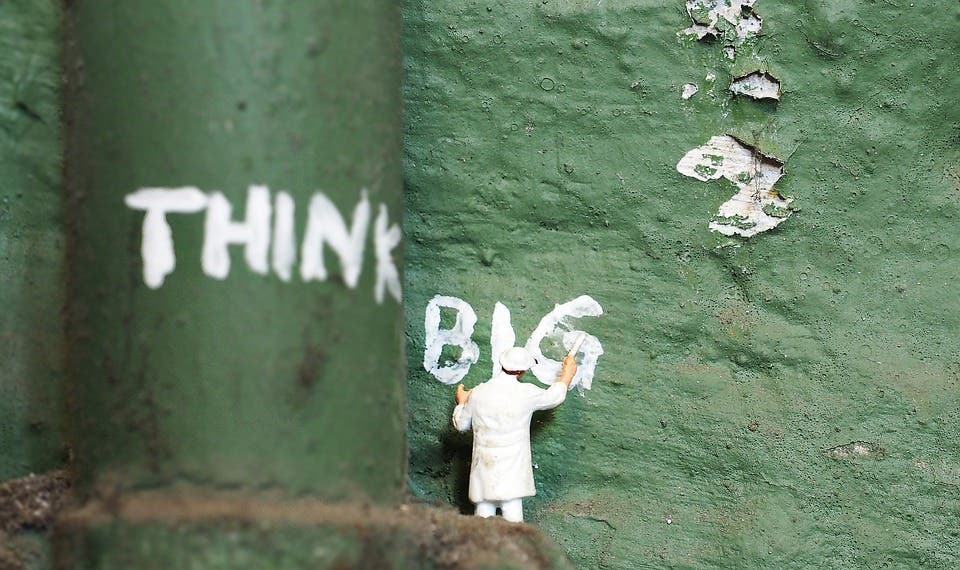In creative fields, ADHD isn’t a liability — it’s a strength.
It’s widely held belief that kids with Attention Deficit Hyperactivity Disorder, ADHD for short, will have a hard time finding employment later on in life. Well, concerned parents of the world, fret not: a new study from the University of Michigan found that adults with ADHD actually have a unique edge they bring to creative tasks.
Not all those who wander are lost
“Creative products of individuals with ADHD may be more innovative, relative to creations of non-ADHD peers,” said study author Holly White, a researcher in the U-M Department of Psychology.
ADHD is commonly diagnosed during childhood. Its best-known facets are that kids with ADHD have a hard time focusing on a single task or object for extended periods of time, and that they can’t ‘sit still’. However, that’s a pretty narrow take on the disorder. Children with ADHD actually have very good attention spans — but only for tasks, they find interesting. This is a particularly important distinction to make since people with ADHD also tend to resist conformity and ignore typical information — i.e. telling them what they should do isn’t very effective, and most things we do are simply boring to them.
Perhaps not the best cloth from which to tailor an engineer, but these traits may be solid assets in fields that value innovative and non-traditional approaches, such as marketing, product design, technology, and computer engineering, White explains. She and her team worked with a group of college students, with and without ADHD, and pitted them in lab challenges of creativity.
For the first (the imagination) task, each participant had to invent a new example of a common category that is different from all existing examples. Participants had to (among others) compete in an “alien fruit” invention task, where they were asked to create an example of a fruit that might exist on another planet but is different from a fruit known to exist on Earth.
Non-ADHD participants tended to model their creations after specific common fruits, such as apples or strawberries, the team reports. While not bad, these creations were less innovative than those of the second group. This group, formed out of participants with ADHD, created fruits that differed more from typical fruits, and were more original — i.e. they resembled rarer fruits and shared fewer similarities with these compared with the first group’s creations. The second task had the participants invent labels for three categories of new products without copying the examples provided. The ADHD group again created labels that were more creative and differed the most from the examples provided.
Overall, the results suggest that people with ADHD rely less on previous knowledge or examples when dealing with a task, allowing them more flexibility when being creative. Individuals with ADHD may be less prone to design fixation, which is the tendency to stick closely to the beaten path when creating a new product, White said.
“As a result, the creative products of individuals with ADHD may be more innovative, relative to creations of non-ADHD peers,” she adds.
“This has implications for creative design and problem solving in the real world, when the goal is to create or invent something new without being overly constrained by old models or ways of doing things”.
The paper “Thinking “Outside the Box”: Unconstrained Creative Generation in Adults with Attention Deficit Hyperactivity Disorder” has been published in The Journal of Creative Behavior.










